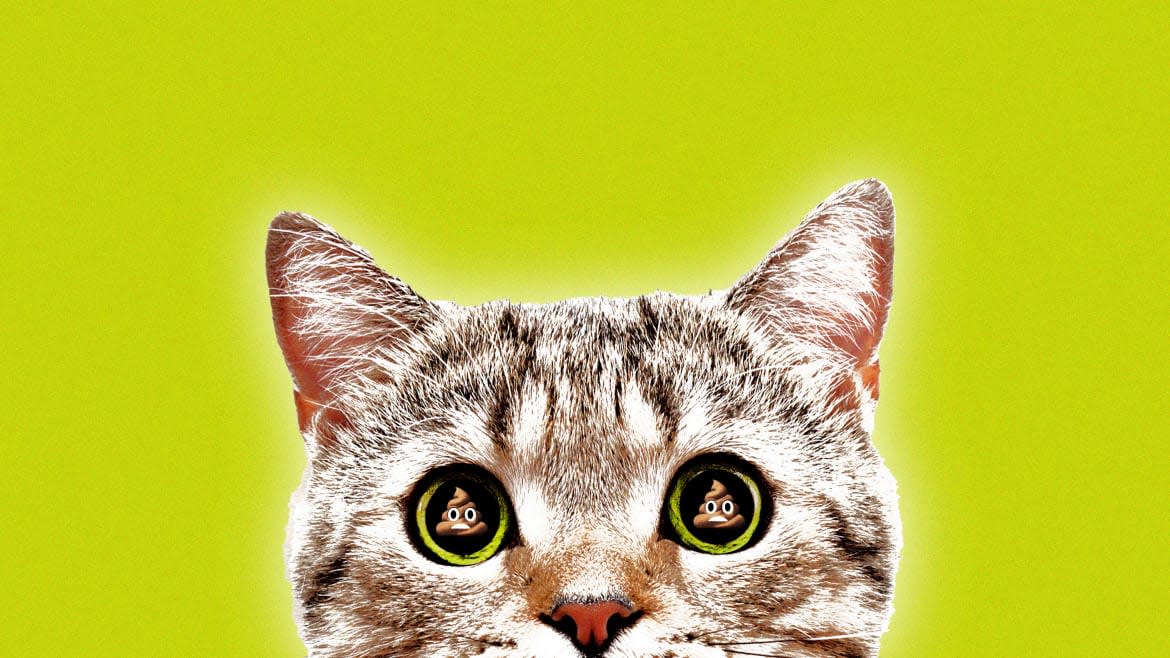A Surprise Culprit Is Helping to Spread the Cat Poop Parasite

If you’re a cat owner, then you’ve probably heard there’s a good chance your feline is a living host to Toxoplasma gondii, a potentially lethal parasite able to infect many kinds of warm-blooded animals. Unfortunately, that includes humans. When infected by the parasite, people can be struck by toxoplasmosis. At its mildest, the disease causes flu-like symptoms, and it’s rare for people with strong immune systems to feel more than muscle aches, fever, fatigue, and a headache.
But sometimes, toxoplasmosis can cause worse problems, like seizures and other neurological issues. At its worst stages, it can result in death. That’s not exactly what you’d like to hear is a side effect of having a cat, which can play host to the parasite during a stage of its life cycle when it is an oocyst (a tissue cyst). Cats shed these oocysts through their feces, after which they can spread to other hosts and move forward with their life cycle, potentially inducing toxoplasmosis through infection.
So far, our understanding of the parasite is mostly focused on the domestic cat populations. But wild, stray, and feral cats are capable of shedding the parasite as well. It turns out the presence of humans are helping to drive forward T. gondii rates in these populations. A new study run by University of California, Davis scientists found that wild and feral cats shed more of the parasite in areas that are increasingly populated by people—underscoring the ways in which rising human populations are helping to exacerbate the spread of this deadline pathogen.
A Mind-Controlling Parasite Is Making Yellowstone Wolves Foolhardy
Moreover, the findings (published Wednesday in PLOS ONE) show the role climate change may also play in driving up rates of T. gondii in wild cats—meaning that even if human populations in an area are low, the effects of human activity on the climate is another wrench to deal with.
“Changes from climate or human activities can affect disease transmission in ways that we don’t fully understand yet,” the paper’s authors wrote. “In our study we can see how these factors may be associated with changes in Toxoplasma shedding by cats, which in turn can affect the risk of exposure to vulnerable people and wildlife.”
The UC Davis researchers came to their conclusions by analyzing datasets from 47 previously peer-reviewed studies on both wild and domestic cat populations. The data was global, and researchers closely studied the ways in which humans have been observed to both directly and indirectly interact with wild cat populations—all while tracking how this related to the shedding of T. gondii in these animals.
How a Dubious Parasite Cleanse Keeps Taking Over TikTok
What they found was that T. gondii oocyst shedding among wild cats was higher in places more densely populated by humans. It also showed that more frequent temperature fluctuations throughout the day were associated with higher parasite shedding rates from domestic cats, and that higher and drier temperatures caused lower shedding in wild cats.
The authors caution that we can’t draw cause-and-effect conclusions from the study. But they do emphasize that policymakers would do well to take the data into account as they start to formulate strategies in managing feral cat populations to stop the spread of T. gondii—a pathogen whose effects go beyond just cats and humans.
Get the Daily Beast's biggest scoops and scandals delivered right to your inbox. Sign up now.
Stay informed and gain unlimited access to the Daily Beast's unmatched reporting. Subscribe now.

